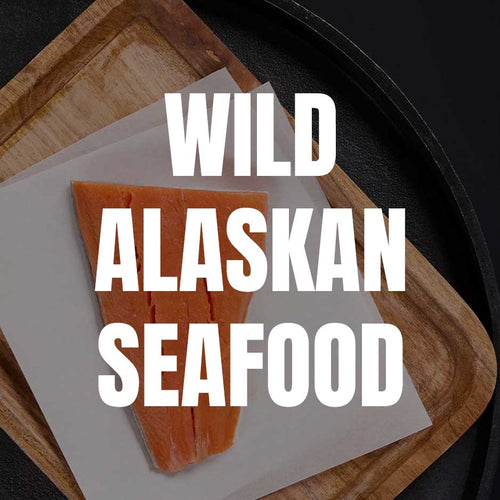
· By Jenni Bajema
How We Winter 💯 Grassfed Cattle
Wintering Grassfed Cattle
The commitment to 100% regenerative and sustainable techniques in farming is not for the faint of heart.
I'm not talking about planting a cover crop on your mono-cropped field that you are just going to spray with Glyphosate or re-till into the soil in the spring that you only do because the government pays you to do it...
I'm talking about the things that actually make a dramatic difference in the soil, that builds biodiversity, encourages natural cycles and reverses the damages done by said farming above...
This is our first year wintering the cattle on our new fields that were previously mono-cropped. It's taken us 2+ years to build up enough vegetation on this barren land for it to handle a herd of cattle. Here are some of the things we are doing to winter our 100% grassfed and finished cattle herd:
Frost Free Waterers:
This was a big project. We trenched a water line 1500+ feet below the frost line to the middle of our south field. We dug a giant hole, added drainage stones and installed several frost-free waterers for the cattle to drink fresh water all winter long. How frost free waterers work:
1. The cattle push a button in the waterer which fills a small reservoir.
2. The cattle drink to their hearts content of fresh, ground temperature water.
3. When finished, the water drains back down into the ground below the frost line and never has a chance to freeze.
Bale Grazing:
The picture above shows our herd of cattle eating hay bales with a field full of bales behind them ready for their hungry mouths!
Bale grazing is a technique used by regenerative farmers of all types of livestock around the world. It’s used in seasons when forage is low or a field needs organic (plant matter) and fertilizer (💩) input - all of which is true for our fields. You may have seen this post on our IG or Facebook page, but in case you didn't, here is how we bale graze:
👉We load the trailer with round bales and bring them out to the field.
👉The bales are strategically placed around the field-thinking ahead to how we want to give access to the cattle in a controlled pattern.
👉We do this over and over until the field is full of bales. We try to wait until it’s cold enough that the ground is solid and the bales won’t rot (it’s been difficult this warm year).
👉We give the cattle access to 3-4 bales at a time by moving the fence around new bales every 2 days.
👉While the cattle are eating through those bales, they are doing the work for us: 1. Spreading organic matter from the bales, 2. Pushing seeds into ground from the bales, 3. Fertilizing the grass and new seeds with their 💩.
👉We are able to control the amount of their impact because we can cut them off from “used” areas and open them to fresh ones all throughout the winter.It’s been a beautiful technique so far. The cattle look healthy and the field is getting impact we were hoping for.
Rotational Movement
Because we have space for our cattle, we are able to rotationally move them throughout the field this winter. We can be intentional about their impact on the soil, give them wind breaks in the coldest months, and keep them close when they begin to calve in the early spring.
These regenerative techniques take real work. They take planning, commitment and feet on the ground to accomplish. We will continue to perform them whether we have mud, negative temperatures, or 18 inches of snow.
We don't perform them because the government pays us subsidies (not that we want them anyways)...
We do them because we give a damn.
Share:
3 comments
-
Great informative article. God Bless you and your commitment to regenerative farming.
Joyce on
-
God bless the farmers! Really appreciate all the care and hard work. Looking forward to my first order and so glad I found you!.
Renate on
-
THANK YOU💚
dee yancho on











